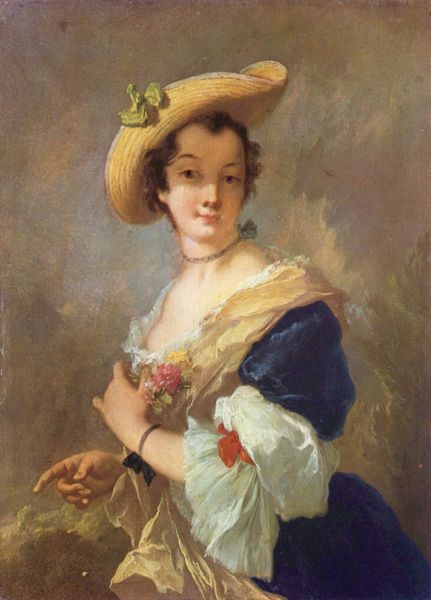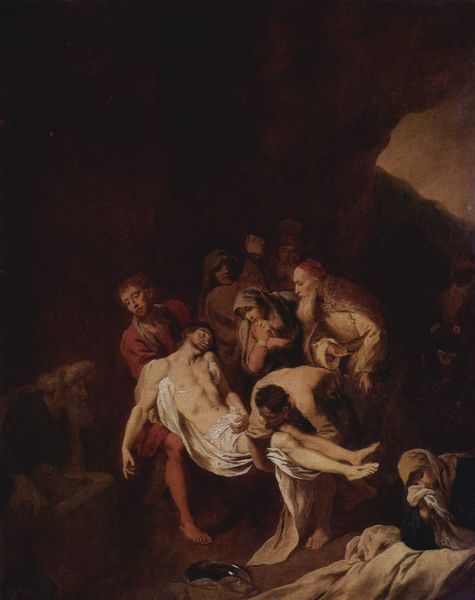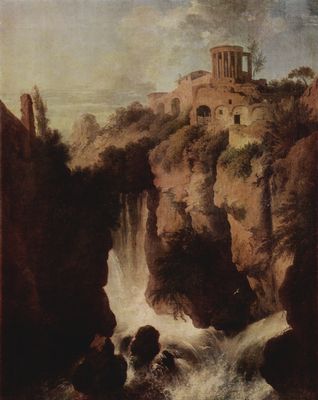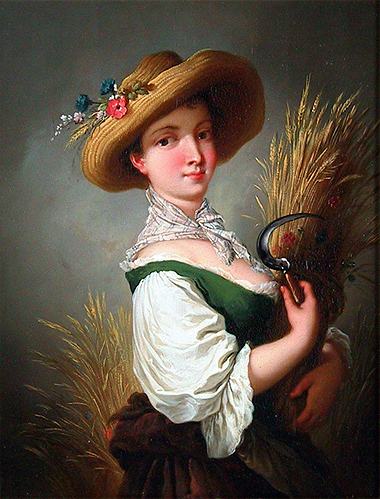Christian Wilhelm Ernst Dietrich (1712 - 1774)
Get a Dietrich Certificate of Authenticity for your painting (COA) for your Dietrich drawing.
For all your Dietrich artworks you need a Certificate of Authenticity (COA) in order to sell, to insure or to donate for a tax deduction.
Getting a Dietrich Certificate of Authenticity (COA) is easy. Just send us photos and dimensions and tell us what you know about the origin or history of your Dietrich painting or drawing.
If you want to sell your Dietrich painting or drawing use our selling services. We offer Dietrich selling help, selling advice, private treaty sales and full brokerage.
We have been authenticating Dietrich and issuing certificates of authenticity since 2002. We are recognized Dietrich experts and Dietrich certified appraisers. We issue COAs and appraisals for all Dietrich artworks.
Our Dietrich paintings and drawings authentications are accepted and respected worldwide.
Each COA is backed by in-depth research and analysis authentication reports.
The Dietrich certificates of authenticity we issue are based on solid, reliable and fully referenced art investigations, authentication research, analytical work and forensic studies.
We are available to examine your Dietrich painting or drawing anywhere in the world.
You will generally receive your certificates of authenticity and authentication report within two weeks. Some complicated cases with difficult to research Dietrich paintings or drawings take longer.
Our clients include Dietrich collectors, investors, tax authorities, insurance adjusters, appraisers, valuers, auctioneers, Federal agencies and many law firms.
We perform Christian Wilhelm Ernst Dietrich art authentication. appraisal, certificates of authenticity (COA), analysis, research, scientific tests, full art authentications. We will help you sell your Christian Wilhelm Ernst Dietrich or we will sell it for you.

Christian Wilhelm Ernst Dietrich, a German painter, was born at Weimar, where he was brought up early to the profession of art by his father Johann Georg, then painter of miniatures to the court of the duke.

Having been sent to Dresden to perfect himself under the care of Alexander Thiele, he had the good fortune to finish in two hours, at the age of eighteen, a picture which attracted the attention of the king of Saxony. Augustus II was so pleased with Dietrich's readiness of hand that he gave him means to study abroad, and visit in succession the chief cities of Italy and the Netherlands. There he learnt to copy and to imitate masters of the previous century with a versatility that was truly surprising. Winckelmann, to whom he had been recommended, did not hesitate to call him the Raphael of landscape. Yet in this branch of his practice he merely imitated Salvator Rosa and Eveidingen. He was more successful in aping the style of Rembrandt, and numerous examples of this habit may he found in the galleries of St. Petersburg, Vienna and Dresden. At Dresden, indeed, there are pictures acknowledged to be his, bearing the fictitious dates of 1636 and 1638, and the name of Rembrandt.

Among Dietrich's cleverest reproductions we may account that of Ostade's manner in the Itinerant Singers at the National Gallery. His skill, in catching the character of the later masters of Holland is shown in candlelight scenes, such as the Squirrel and the Peep-Show at St. Petersburg, where we are easily reminded of Godfried Schalcken. Dietrich tried every branch of art except portraits, painting Italian and Dutch views alternately with scripture scenes and still life. In 1741 he was appointed court painter to Augustus III at Dresden, with an annual salary of 400 thalers, conditional on the production of four cabinet pictures a year. This condition, no doubt, accounts for the presence of fifty-two of the master's panels and canvases in one of the rooms at the Dresden museum.

Dietrich, though popular and probably the busiest artist of his time, never produced anything of his own; and his imitations are necessarily inferior to the originals which he affected to copy. His best work is certainly that which he gave to engravings. A collection of these at the British Museum, produced on the general lines of earlier men, such as Ostade and Rembrandt, reveal both spirit and skill. Dietrich, after his return from the Peninsula, generally signed himself Dieterich, and with this signature most of his extant pictures are inscribed. He died at Dresden, after he had successively filled the important appointments of director of the school of painting at the Meissen porcelain factory and professor of the Dresden academy of arts.

Still wondering about a 17th century German painting in your family collection? Contact us...it could be by Christian Dietrich.
Reviews
1,217 global ratings
5 Star
4 Star
3 Star
2 Star
1 Star
Your evaluation is very important to us. Thank you.
